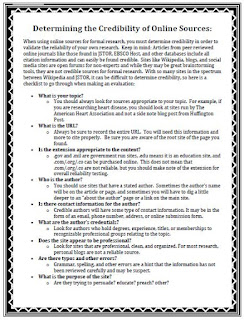Lesson #1: 2016 Mock Election and Presidential Scavenger Hunt. This is two-day activity that you can easily implement the day before the election and election day. Students will research the Presidential candidates and participate in a Mock election, counting electoral votes and popular votes. The night of the election students will complete an Electoral College Map and the next day compare the class election results with the actual election results.
Lesson #2: FREE Presidential Debate Activity: Your secondary students can use this easy chart when watching the 2016
Presidential debate between Hillary Clinton and Donald Trump.
Lesson #3: Electoral College Simulation: This is an engaging activity simulates a mock Presidential election.
Students will be able to really “see” how the Electoral College works
and have fun in the process. All teacher preparation and student
instructions are included.
Lesson #4: Electoral College Lecture: In this engaging lecture and activity students will be able to discuss
the Electoral College and different reform plans suggested. First they
will complete a lecture-notes template while reviewing the important
details of the history and function of the Electoral College in the
creative power point.
Lesson #5: Voting & Voting Behavior Presentation and Reading Activity: This creative product for the secondary civics/U.S. Government classroom
includes everything you need to teach about voting and voting behavior.
Topics include: history of voting rights, voting amendments, voting
requirements, motor voter law, who votes, why do some choose not to
vote, how to vote. It also includes a debate activity , "Philosophical
Chairs" and a fun review activity, "Who Can Participate".
Lesson #6: Democrats v Republicans - What are the Differences? This purchase includes a 5-page reading about the differences between
the two major political parties; the Democrats and the Republicans. It
reviews the different ideologies in the following issues; the economy,
taxes, social issues, foreign policy & national security,
entitlements, the environment and government spending. As the students
read the handout, they complete a corresponding chart and review
questions.
Lesson #7: Political Spectrum Quiz: At the end of this activity students will know where they fall on the
political spectrum – liberal or conservative. Students will review 15
controversial political issues related to education, fiscal policy,
immigration, health care, foreign affairs, etc. After the teacher
explains each issue (teacher guide is included) students will choose a
number that correlates to either a conservative view or liberal view. At
the end of the quiz, students count up their points to determine where
they are located on the political spectrum. A wrap-up activity is
included where students will watch a film clip: “American Political
Spectrum” and have a class discussion about what they learned. In
addition, an extra political survey worksheet is included. Students take
a political quiz on the internet and then answer a series of questions
related to the political spectrum. Both activities are fun and engaging.
This activity can be used year after year.
I hope you find these resources useful!
Happy Teaching!










